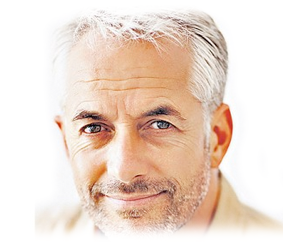Back Pain SmartSite TM | ||||||||||||||||||
Massage therapyDescriptionMassage therapy can help people who have chronic back pain. It helps decrease painful swelling and may help you relax. It works best when it's a part of a treatment plan. Most of the time, massage therapy can relieve pain for a period of time, but it does not cure the problem causing the pain. Types of massage for back painThere are many kinds of massage. Some kinds focus on body structure (such as muscles, tendons, and lymph nodes), and others focus on helping you relax. The kind of massage is not as important as finding a certified massage therapist who listens to you and gives you the kind of massage that will help you most. Benefits of massageMany people with chronic (long-term) back pain who receive regular massages as part of their treatment plan need less pain medicine. Some other common benefits of massage are:
Who should not have massage to treat back pain?If you have any of the health conditions in the list below, talk with your health care provider before you start massage therapy:
If your symptoms worsen with massage treatment, you should stop the treatment. If you have diabetes, check your blood sugar level before and after a massage. Make sure your blood sugar is not low before a massage. Massage may cause your blood sugar level to drop. Women who are pregnant should go to a massage therapist who specializes in pregnancy massage. These therapists have special massage tables. | ||||||||||||||||||
| ||||||||||||||||||
Review Date: 4/3/2018 Reviewed By: C. Benjamin Ma, MD, Professor, Chief, Sports Medicine and Shoulder Service, UCSF Department of Orthopaedic Surgery, San Francisco, CA. Also reviewed by David Zieve, MD, MHA, Medical Director, Brenda Conaway, Editorial Director, and the A.D.A.M. Editorial team. View References:  The information provided herein should not be used during any medical emergency or for the diagnosis or treatment of any medical condition. A licensed medical professional should be consulted for diagnosis and treatment of any and all medical conditions. Links to other sites are provided for information only -- they do not constitute endorsements of those other sites. No warranty of any kind, either expressed or implied, is made as to the accuracy, reliability, timeliness, or correctness of any translations made by a third-party service of the information provided herein into any other language. © 1997- A.D.A.M., a business unit of Ebix, Inc. Any duplication or distribution of the information contained herein is strictly prohibited. | ||||||||||||||||||
A.D.A.M. content is best viewed in IE9 or above, Firefox and Google Chrome browser. | ||||||||||||||||||











